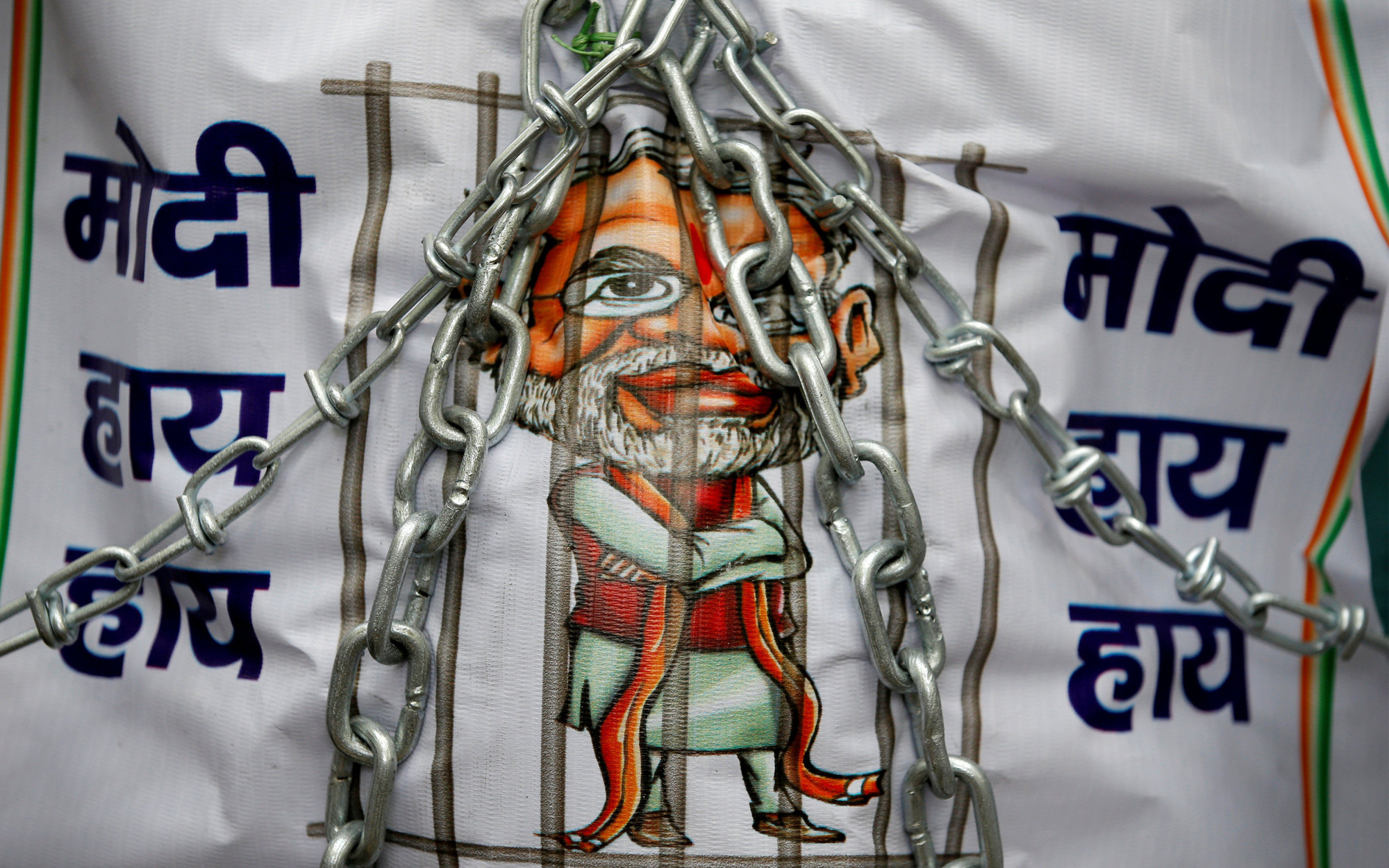On July 1, an eerie silence descended over many of India's teeming marketplaces. At midnight, a new national goods and services tax (GST) had come into effect at a glittering ceremony in India's parliament. It was hailed as the biggest tax reform since independence, but business owners were so uncertain about how it would affect the prices of their wares that many shuttered their businesses for the day.
Many (including me) have long advocated a national GST, which has the potential to unify India's national market, making the economy more transparent, digitized and efficient. Its introduction was delayed for a decade by the now-ruling Bharatiya Janata Party (BJP), including Prime Minister Narendra Modi, who, as chief minister of Gujarat, argued that it would encroach on states' rights and rob them of revenue.
But, proving the aphorism that where you stand depends on where you sit, Modi changed his tune when he moved to Delhi. And now, more than three years after taking power, he has implemented the GST that he once derided. But the version that he has implemented falls well short of advocates' hopes. Indeed, much like Modi's disastrous demonetization gamble just eight months ago — which entailed the abrupt withdrawal of all large-denomination bank notes from circulation — his GST has proved both messy and disruptive.



